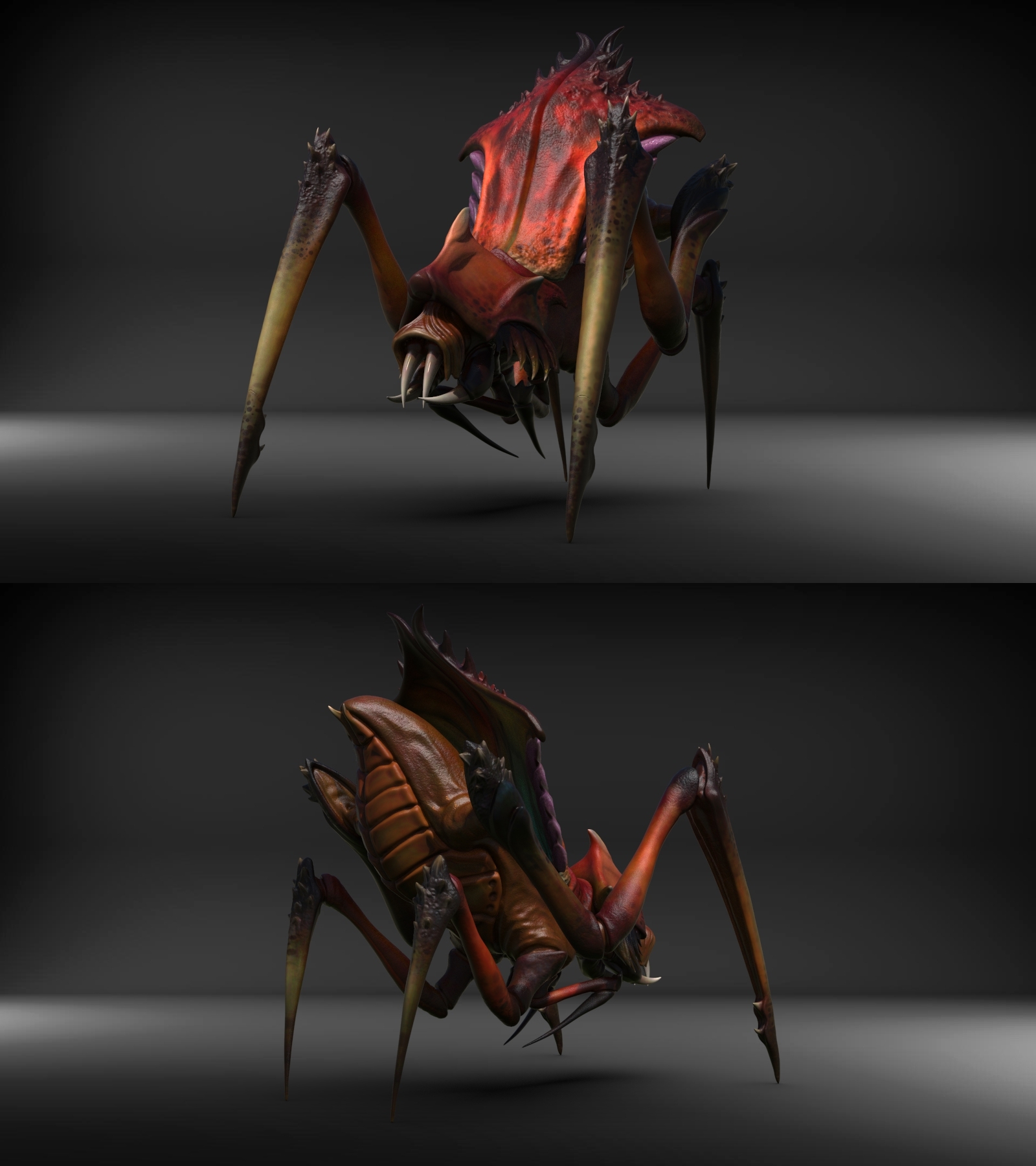

Falsely believing it has made a capture, the antlion becomes excited and crawls out into view.

When your speak close to their crater, some grains of sand become dislodged and fall into the pit. The Wayne's Word staff has tested this hypothesis repeatedly and we must agree with the conclusions of other scientists that antlions do not understand the word "doodlebug." In fact, they can't understand anything you say. In fact, some of these people claim that repeating the phrase "doodlebug, doodlebug, come out of your hole" with your face close to the ground will cause the antlion larva to crawl out into view. This larval stage is often called a "doodlebug" by certain people. T he actual creature waiting at the bottom of its ingenious pitfall trap is the larval stage of an unusual insect. If antlions were about 100 times larger, they would be a formidable threat to people walking in the desert. It is commonly called an antlion, referring to its habit of preying on small crawling insects, such as ants. In fact, a remarkably similar large scale model of it was used in the Star Trek II film, "The Wrath of Khan!" This remarkable creature makes funnel-shaped, crater-like pits in soft sand, and then waits patiently at the bottom to ambush a hapless passer-by that happens to fall in. T he arid southwestern United States is rich in diverse forms of animal life, but there is one little creature that looks like something out of a science fiction horror movie. Hilltopping-A Way For Sexually Active Insects To Meet.See A Winged Adult Antlion Ready For Its Mate.See An Antlion Pupa Inside Its Sand Cocoon.

See Antlion Cocoons Made Of Sand Grains.A Close-Up Portrait Of An Antlion Larva.See Crater-Like Antlion Pits In The Sand.This Wayne's Word Noteworthy Plant Originally Published In July 1997


 0 kommentar(er)
0 kommentar(er)
